It might feel like a strange time to buy a new camera, given that the pandemic has torched our travel plans and kept many of us locked up at home. But that's also precisely why it's a good time to invest in a new photographic sidekick – you don't need spectacular scenery to take great snaps, and Black Friday 2020 is almost here to bring some stellar discounts on the tools that can reinvigorate your photographic life.
Of course, it's one thing knowing that you want a new camera or lens, and another figuring out exactly which model to go for and how to find the best price. That's where we can help.
Our in-depth guide is here to, firstly, help you decide which camera is right for you (or the person you're buying for), and then show you how to find the best Black Friday camera deals. While Black Friday itself doesn't start until November 27, we're already seeing some excellent discounts appear in the run-up to the big day.
Let's step back and tackle the first part. How do you decide which camera to buy? That's a broad question that depends on many factors – including your budget, level of experience and preferred subject matter – but we'll steer you in the right direction based on our in-depth testing all of the major camera releases this year. And, just as importantly, our experience with some of the great camera performers of yesteryear, which often offer the best value.
Ready to make a shortlist and hunt down the best Black Friday camera deals? Let's dive in.
- Black Friday camera deals 2020: the best deals so far
Why buy a camera in 2020?
With the best phone cameras now offering so much, why buy a standalone camera in the first place? If you've come to this article, you probably already have a good idea already, but in general it comes down to a combination of image quality and creative control.
Smartphones have improved hugely when it comes to the former, but computational photography still can't fully compete with the large sensors and lenses of traditional cameras. Phones are also finely tuned for a point-and-shoot experience, which they do very well – but to really understand the nuts-and-bolts of photography and flex your creative muscle, a camera is still a far superior tool.
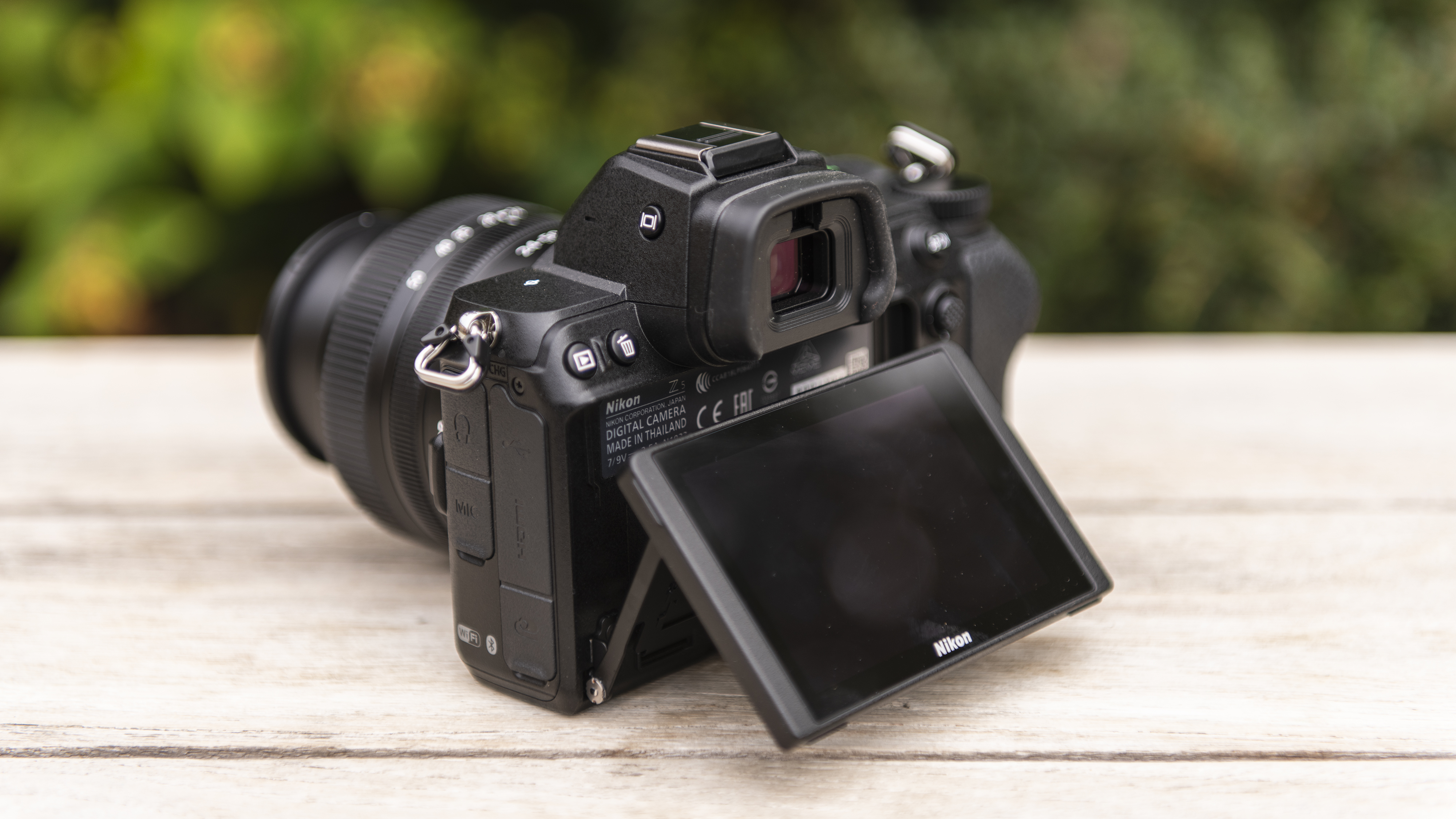
The knock-on effect of the smartphone's photographic rise has also been an explosion in the variety of cameras you can buy. Instant cameras have had a big revival, while video is now a huge focus thanks to the evolution of drones, 360 cameras, vlogging cameras, and action cameras.
In this article, we'll start by focusing on the three main forms of photography-lead camera – DSLRs, mirrorless cameras and compact cameras – but will also include suggestions from most of those popular sub-genres too, if they represent a good option for your preferred style of snapping or video shooting.
How to choose the right type of camera
1. Interchangeable or fixed lens?
Before choosing whether or not you want a DSLR, mirrorless camera or compact camera, there is a more fundamental question to answer – do you want a camera with interchangeable lenses or a fixed lens camera?
The former are hugely versatile and offer the best image quality for most types of photography, because you can choose a specific lens for the job. They also mean the camera can grow with you. That said, it's important to work out whether you'll genuinely embrace the added cost and complexity of lenses. Also, if you're keen to explore one particular form of snapping – street photography, for example – a specialist fixed lens camera may suit you better.
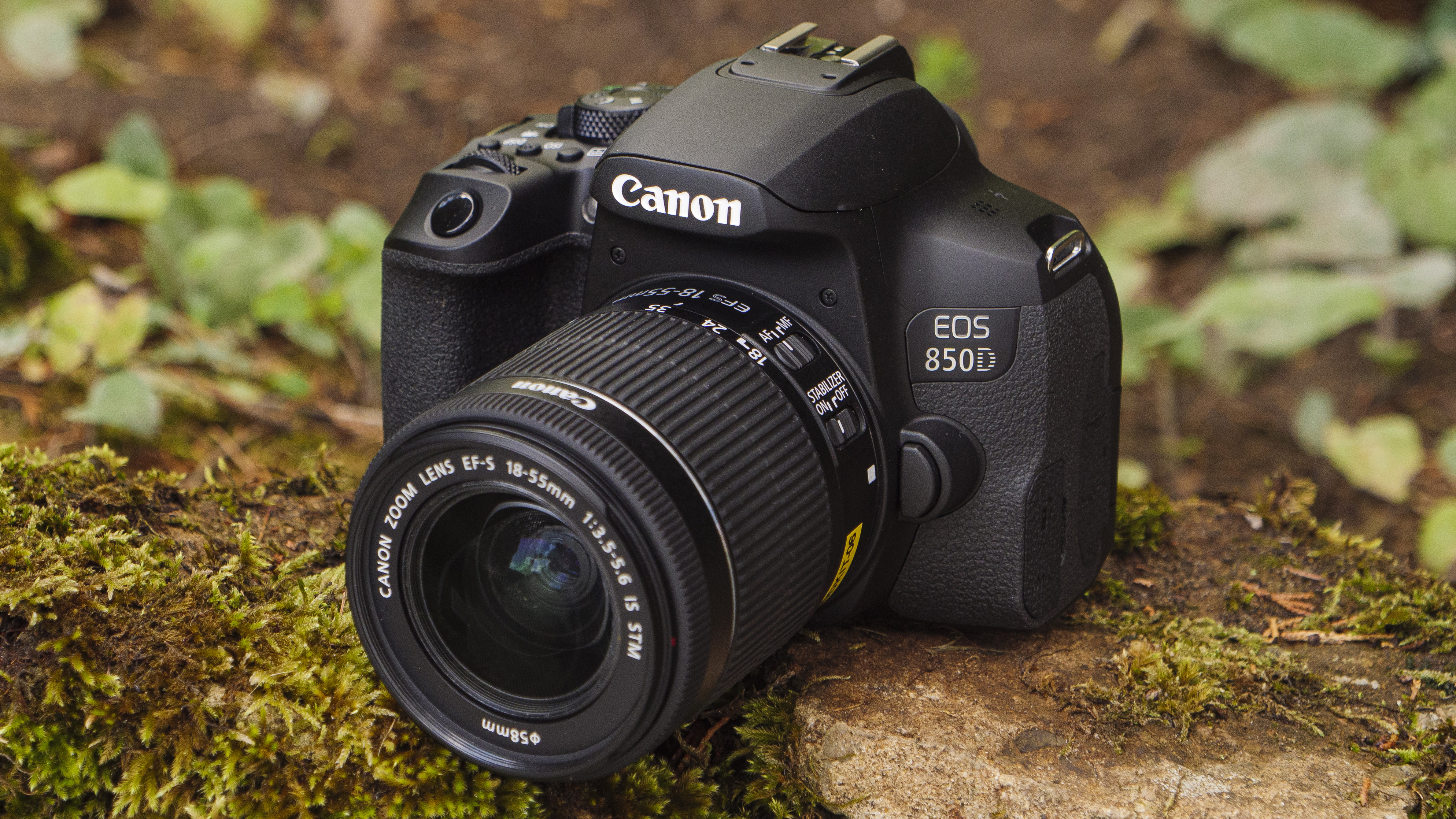
2. DSLR vs mirrorless
Looking to go for the versatile route? There are two main types of interchangeable lens camera: DSLRs and mirrorless cameras. You can read more about how these compare in our Mirrorless vs DSLR cameras article, but their main difference is their viewfinder. While DSLRs have optical viewfinders (which receive their light from the lens via a mirror), mirrorless cameras have an electronic viewfinder (EVF) which uses an entirely digital process.
So what are the practical differences, then? Generally speaking, DSLRs have longer battery lives (because their viewfinders aren't digital) and the widest range lenses, simply because they're a legacy technology that's been around longer than mirrorless. Some people also simply prefer the handling of DSLRs, which are generally larger than mirrorless cameras.
We have reached the point with mirrorless tech, though, where they are now the best choice for most people. The early disadvantages (poor battery lives, limited native lens ranges, autofocus) have all been ironed out and they now offer the most modern shooting experience available in a standalone camera. If you (or the person you're buying a camera for) is stepping up from a smartphone, you'll likely feel much more at home with the all-digital shooting experience of a mirrorless camera.
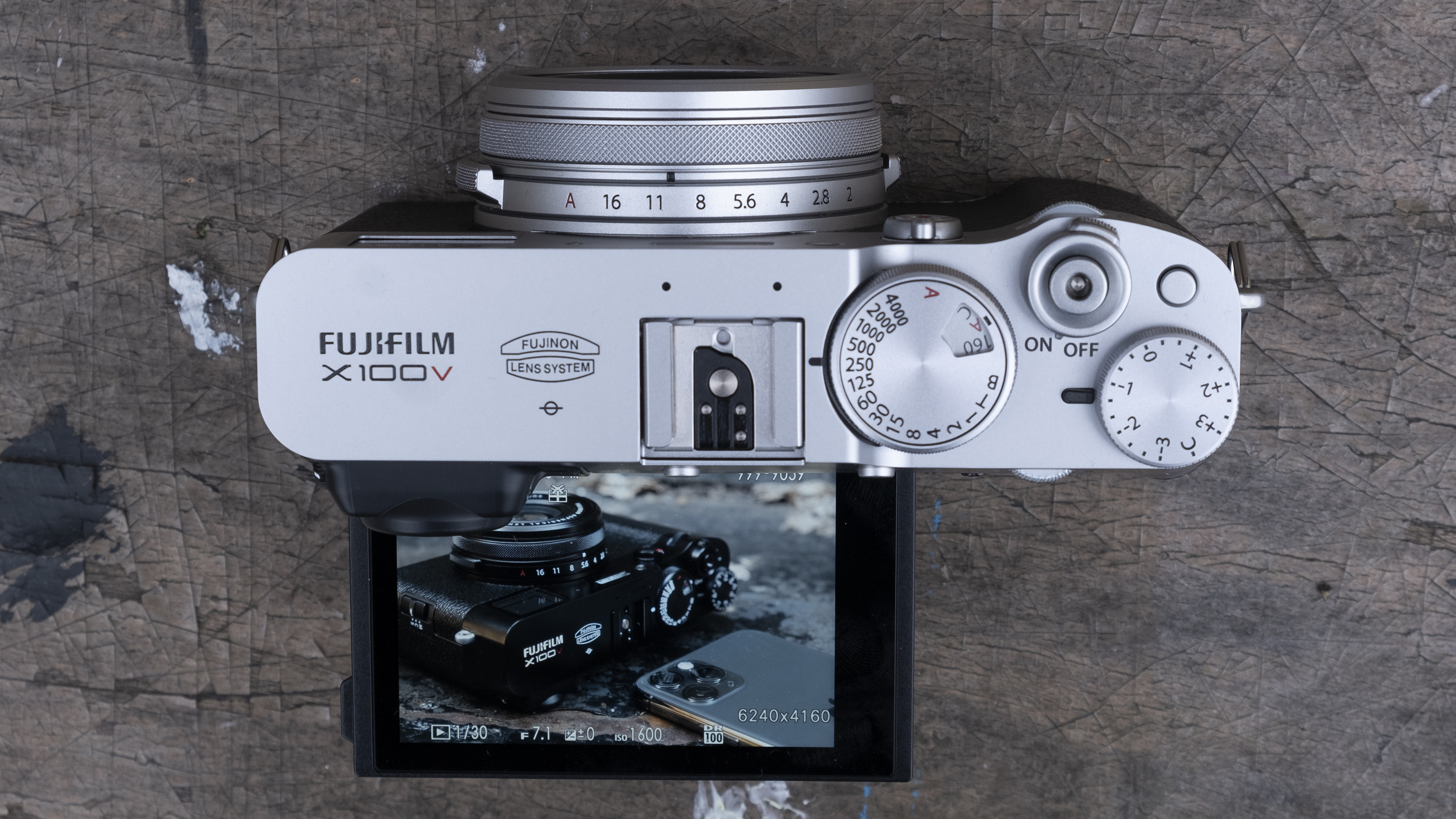
3. Compact and bridge cameras
Not too bothered about having the option of changing lenses? Then it's also worth considering bridge cameras and compact cameras. Bridge cameras, as the name suggests, offer a bridge between DSLRs and compacts. They're all-in-one fixed lens cameras that come with long zoom ranges, effectively giving you a bag of lenses in one camera. The downside is that they generally have small sensors and are quite bulky.
The best compact cameras, of course, offer a smaller fixed lens solution. They've largely been decimated by smartphones, which now at least equal or better most compact cameras with a 1/2.3-inch sensor or smaller.
Still, if you're mainly looking to do street photography or travel photography, and don't need a long zoom, we'd highly recommend looking at premium compact cameras with Four Thirds or APS-C sensors (scroll down for some examples). These are able to combine excellent image quality, creative control and pocketable form factors, making them an accessible way to boost your snapping skills.
Okay, so you hopefully now have a good idea of which type of camera is for you. Now it's time to cover the key specs to look out for, then highlight our 'ones to watch' in each category.
The camera specs to look out for
Camera spec sheets can be pretty hard to decipher, so we've picked out a few of the key features that are worth keeping an eye out for during your Black Friday camera shopping.
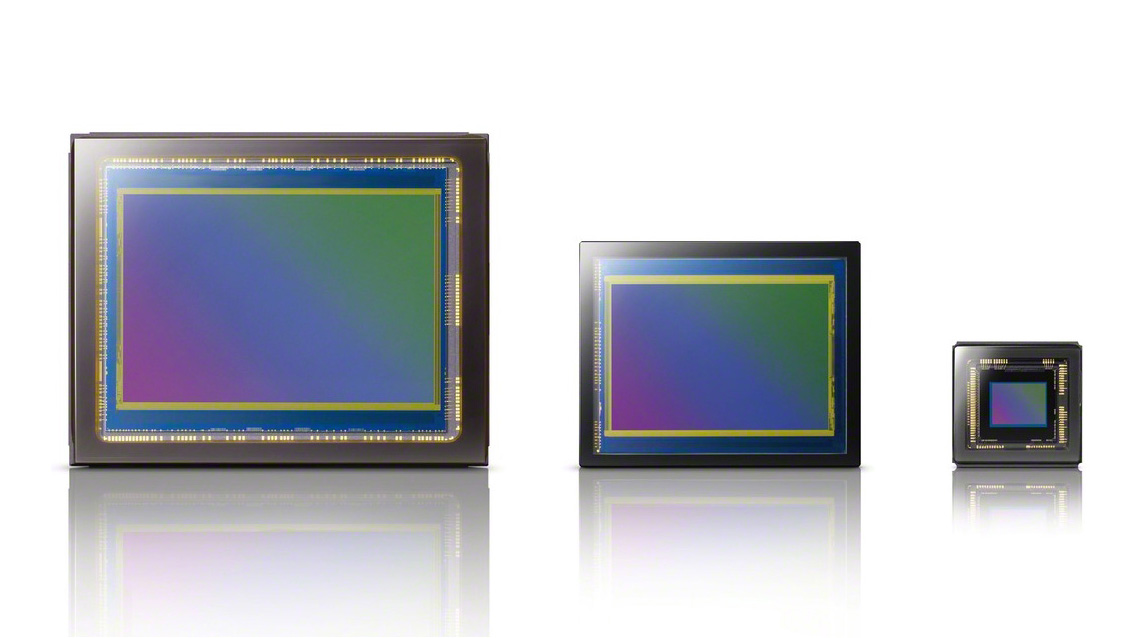
1. Sensor size
A far more important factor than a camera's number of megapixels, sensor size is the most crucial decision when buying a camera. For compact cameras, we'd recommend looking at models with 1-inch sensors or higher.
For DSLRs and mirrorless cameras, you really have three sensor size choices. In ascending order of size, these are Four Thirds, APS-C and full-frame.
You might assume that full-frame is the 'best' because it's the largest of the three, and therefore has better light-gathering powers. But the downside is larger, pricier lenses and less widely available features like high burst shooting and in-body image stabilization. Beginners are better off starting with a Micro Four Thirds or APS-C camera, as these will be smaller, more affordable and more user-friendly.
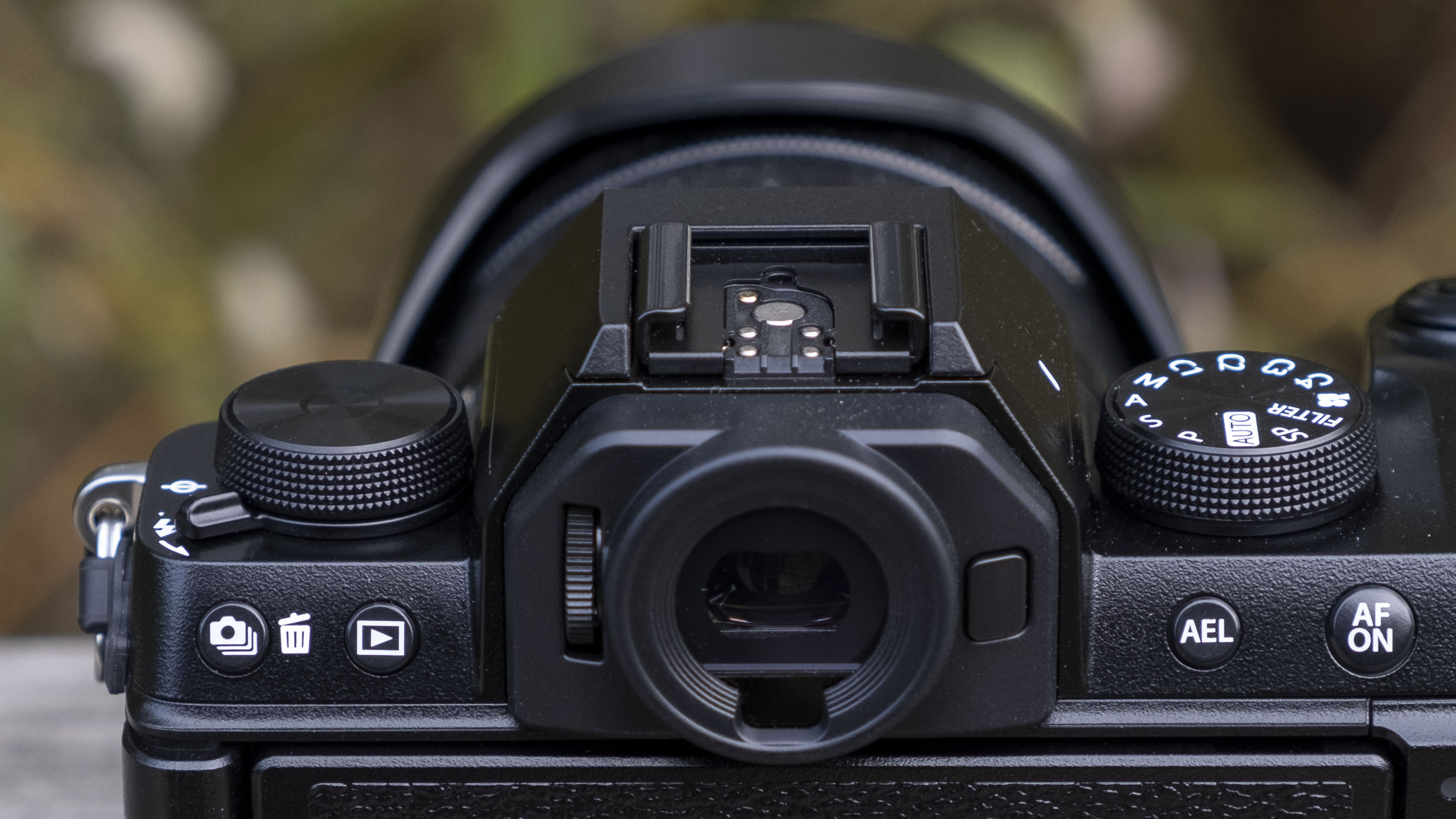
2. Viewfinder or no viewfinder?
The most affordable mirrorless cameras tend to lack a viewfinder (the eyepiece that you look through to compose a shot). In these case, you always compose your shot using the rear screen.
In some ways, this makes them more approachable for anyone coming from a smartphone, as you take photos in a very similar way. But if you're looking to pursue photography as a hobby and grow your skills, we'd highly recommend buying a camera with a viewfinder – they're crucial in bright conditions and are very helpful for refining your photographic eye.
A DSLR is the cheapest way to get a camera with a viewfinder, but the electronic viewfinders (EVFs) on mirrorless cameras show in real-time how tweaking your settings will affect the final photo. For beginners, this is the more intuitive approach and EVF-equipped mirrorless cameras are now more affordable than ever.

3. Autofocus skills
A camera's autofocus (AF) system allows it to automatically adjust the lens to find focus in a photo, and there are two main types: contrast-detection AF and phase-detection AF.
The former is an older system that's slower than phase-detection, but also more accurate when it comes to still subjects. The newer phase-detection is particularly skillful when it comes to focusing on moving subjects, but is less capable in low light.
So what should you look for? Because there are benefits to both, more recent cameras have 'hybrid AF' systems that use both technologies. For beginners, we'd recommend looking for cameras that have 'hybrid AF', rather than simply having contrast-based autofocus, as it's simply more versatile. For the very best autofocus, find a camera that has Canon's Dual Pixel CMOS AF or Sony's Real-time tracking AF.
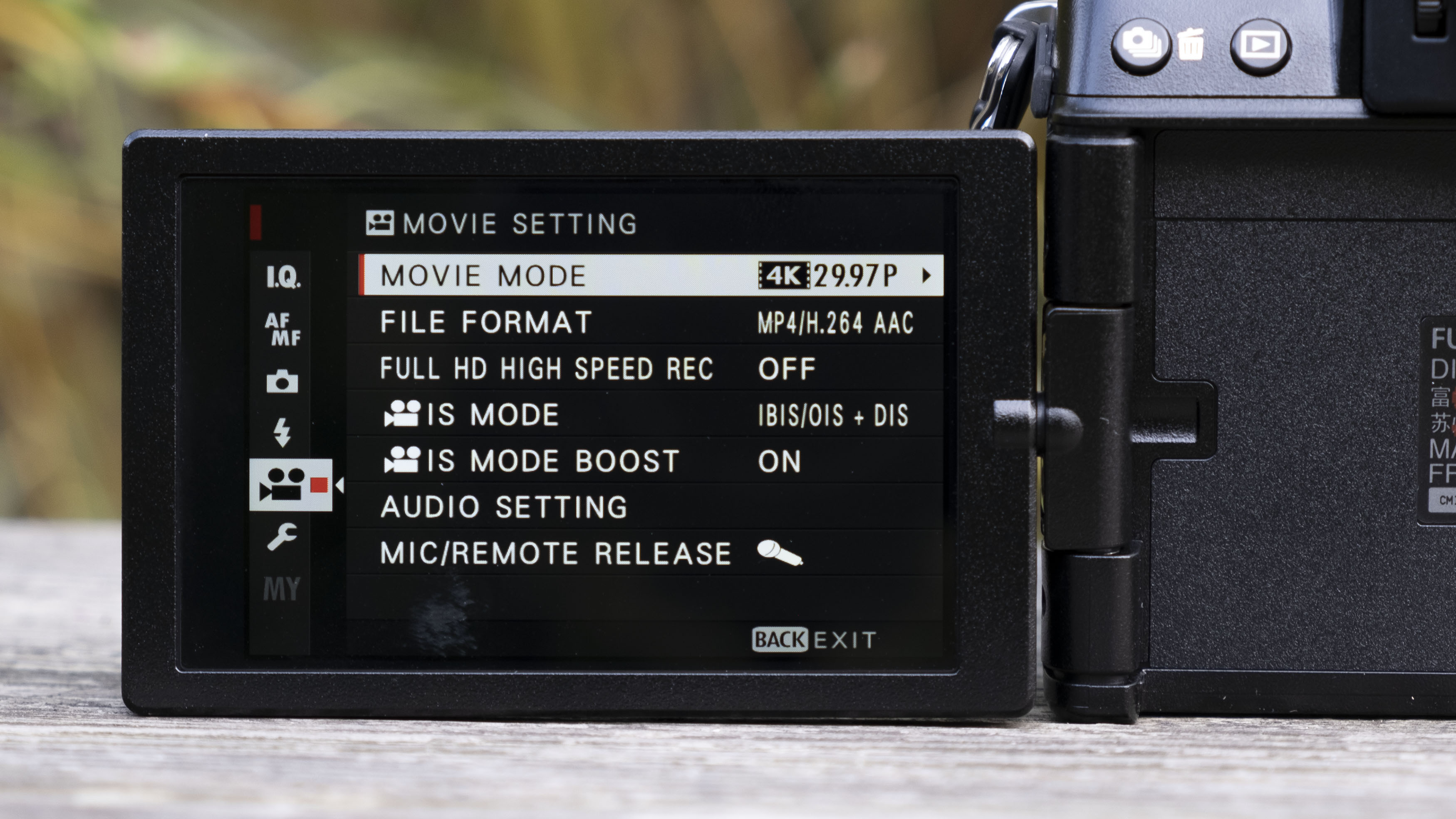
4. Video specs
Video has become an increasingly important feature on the latest cameras, with many now just as capable with moving images as they are with stills. But it's not an essential feature if you're mainly a photographer – in fact, if you can't see yourself shooting much video, there are great savings to be made on older cameras that are incredibly capable stills shooters, but simply lack features like 4K video.
If you do want a camera that shoots video, though, don't just look at its maximum resolution – not all 4K cameras are equal. For example, some can only shoot in 4K at low frame-rates like 15fps, which is essentially unusable. Make sure the camera you're looking at can at least shoot in your desired video mode at 24/25fps. Also, check the specs to make sure that there's no major 'crop' (where the camera chops off the outer parts of the image in order to process the video) or inferior autofocus system when it shoots in 4K.
The Black Friday camera deals to look out for
The DSLRs to watch
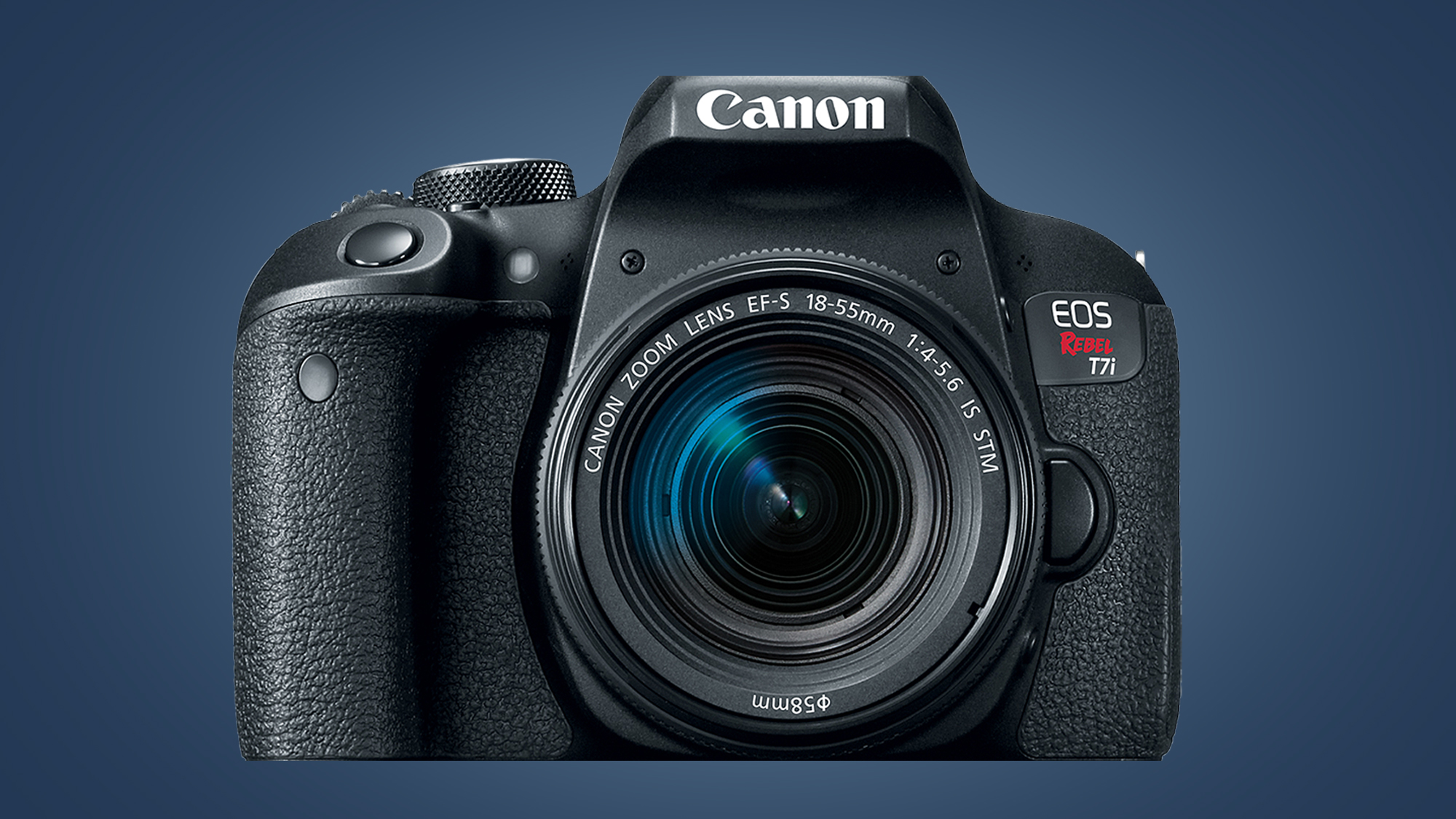
Canon EOS Rebel T7i / EOS 800D
This beginner-friendly DSLR was recently succeeded by the Canon EOS Rebel T8i / EOS 850D, but the new model doesn't offer much of an upgrade. While it's difficult to find right now, look out for retailers clearing stock of this now discontinued model.
- Read our in-depth Canon EOS Rebel T7i / EOS 800D review
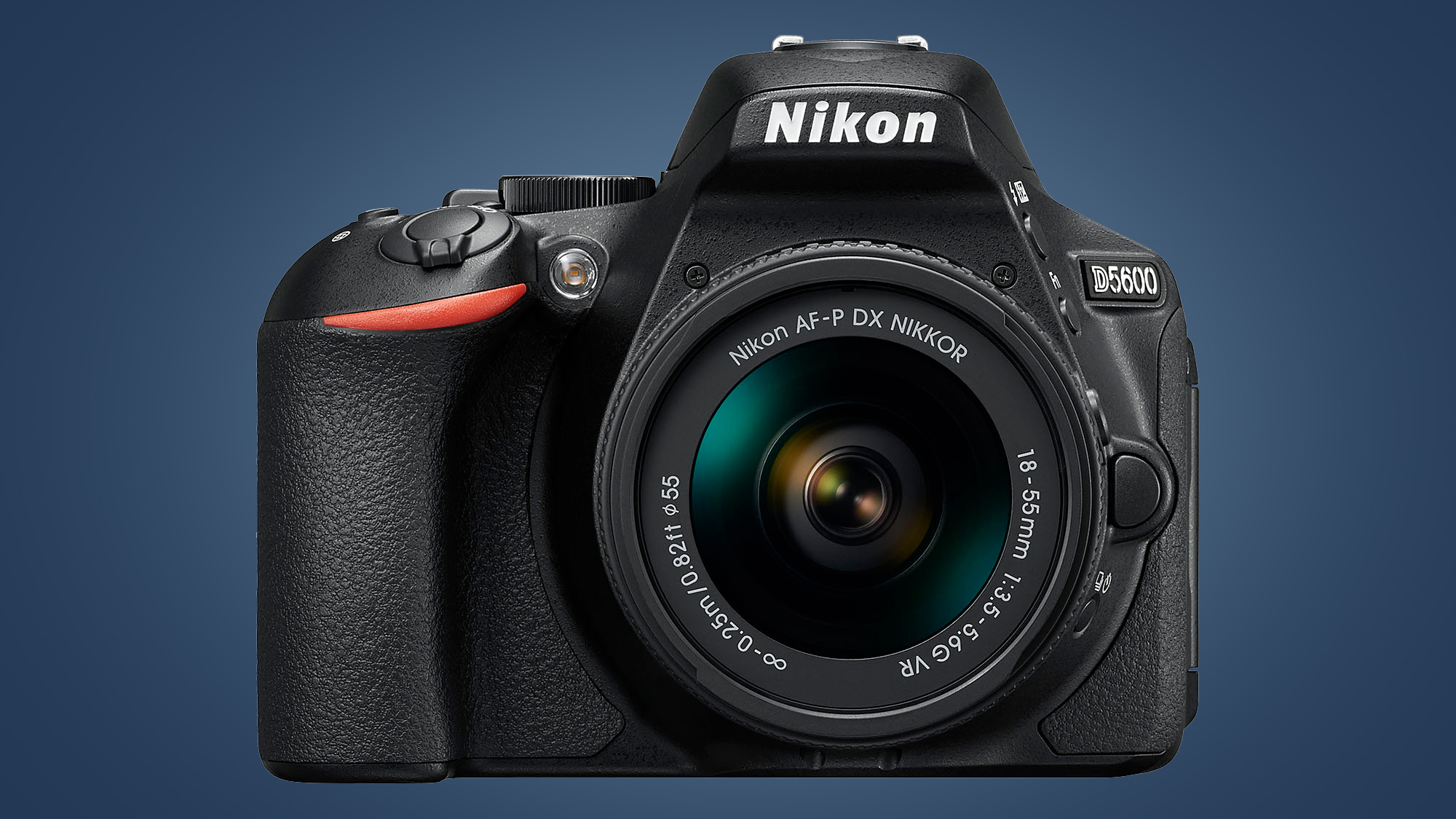
Nikon D5600
Some of the best value DSLRs around are older mid-range models that have dropped to entry-level prices. The D5600 is one great example – it's small, light, has a vari-angle screen and takes fantastic photos. It may be three years old, but it'd make a great first camera for someone who prefers DSLRs to mirrorless cameras.
- Read our in-depth Nikon D5600 review
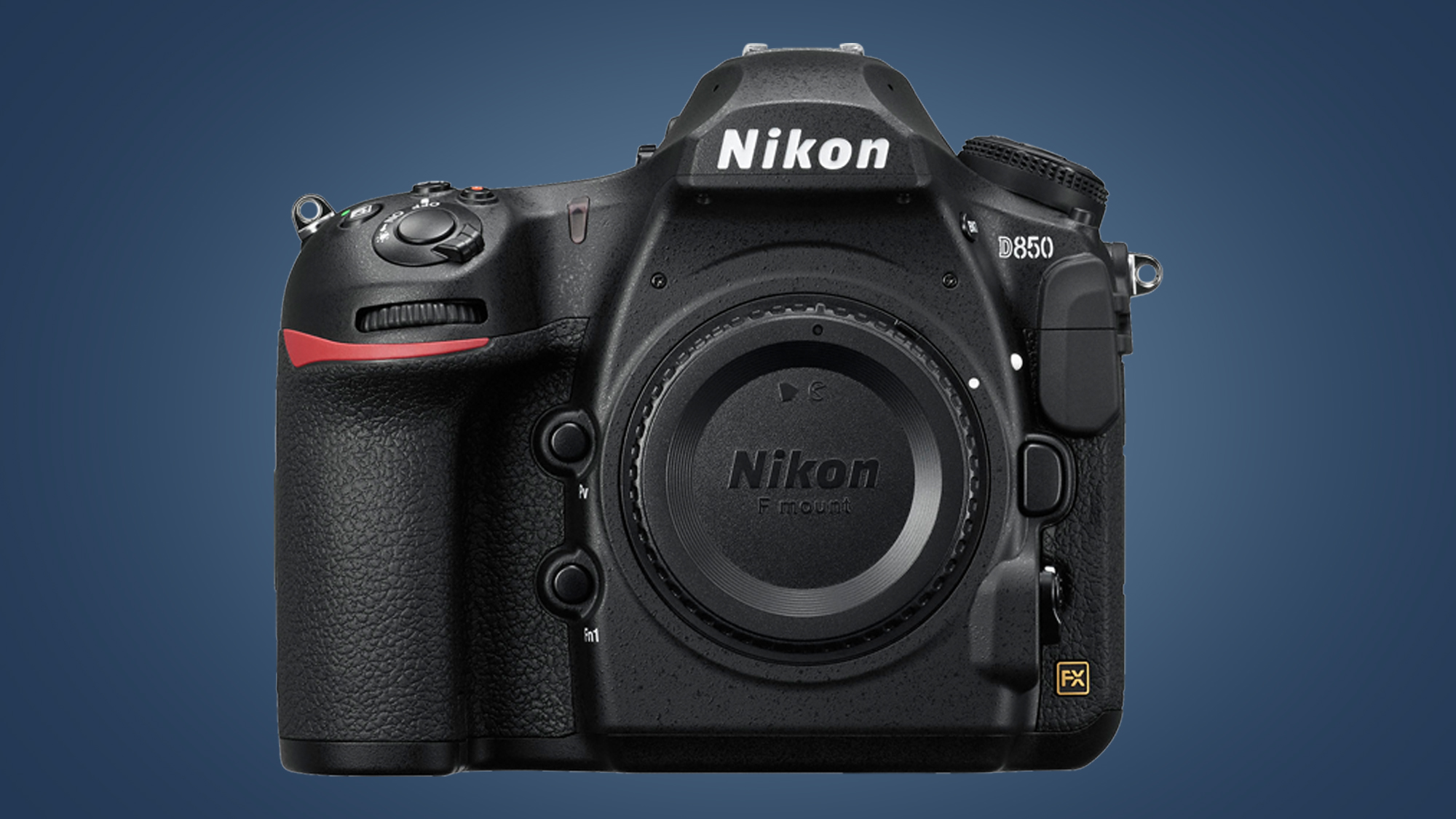
Nikon D850
Looking to snap up a pro DSLR bargain during Black Friday? The powerful D850 has already shown that it's a prime option, by recently dropping to its lowest ever price. We're not sure if it's likely to drop any further than that, but it's certainly one we'll be keeping an eye on. The 45.7MP DSLR is still a brilliant all-rounder that can handle pretty much type of photography you throw at it. To top it all off, it has a ludicrous 1,840-shot battery life.
- Read our in-depth Nikon D850 review
The mirrorless cameras to watch
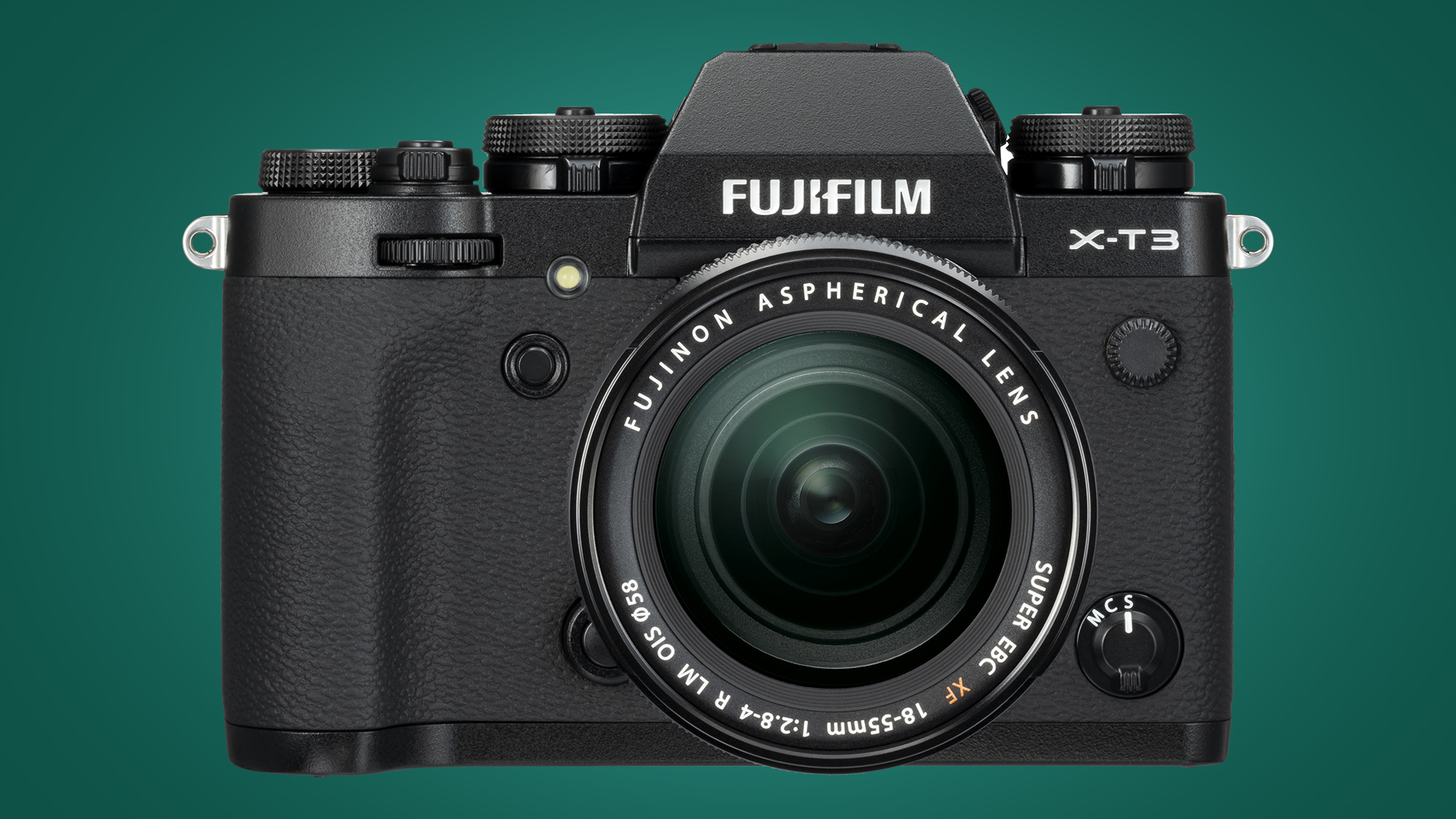
Fujifilm X-T3
Now over two years old, this excellent mirrorless all-rounder is still a current model, but has since been succeeded by the X-T4. If you don't need the latter's in-body stabilization and video skills, though, then the X-T3 remains a very fine option for anyone looking for their first 'proper' camera or a smaller alternative to a DSLR. It recently received the X-T4's autofocus skills via a firmware update, too.
- Read our in-depth Fujifilm X-T3 review
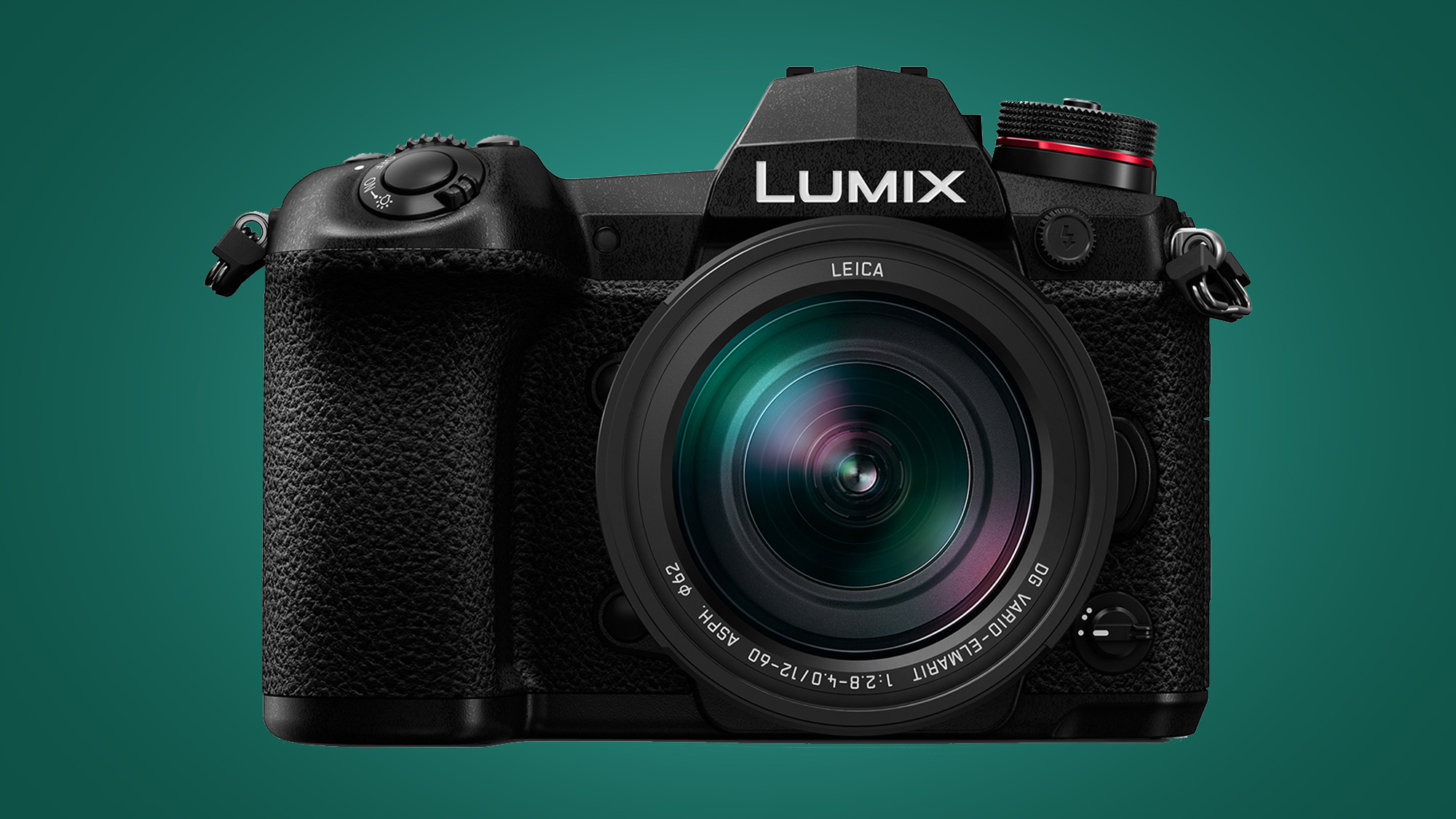
Panasonic Lumix G9
Ahead of its time when it arrived in 2018, this 20.4MP Micro Four Thirds camera has dropped to some incredibly low prices in the last year considering its talents – and we're expecting it to do the same during the Black Friday shopping season. It has in-body image stabilization, a flip-out screen and can shoot full-resolution JPEGs at 20fps with continuous AF. In short, pretty much everything you need from a hybrid all-rounder.
- Read our in-depth Panasonic Lumix G9 review
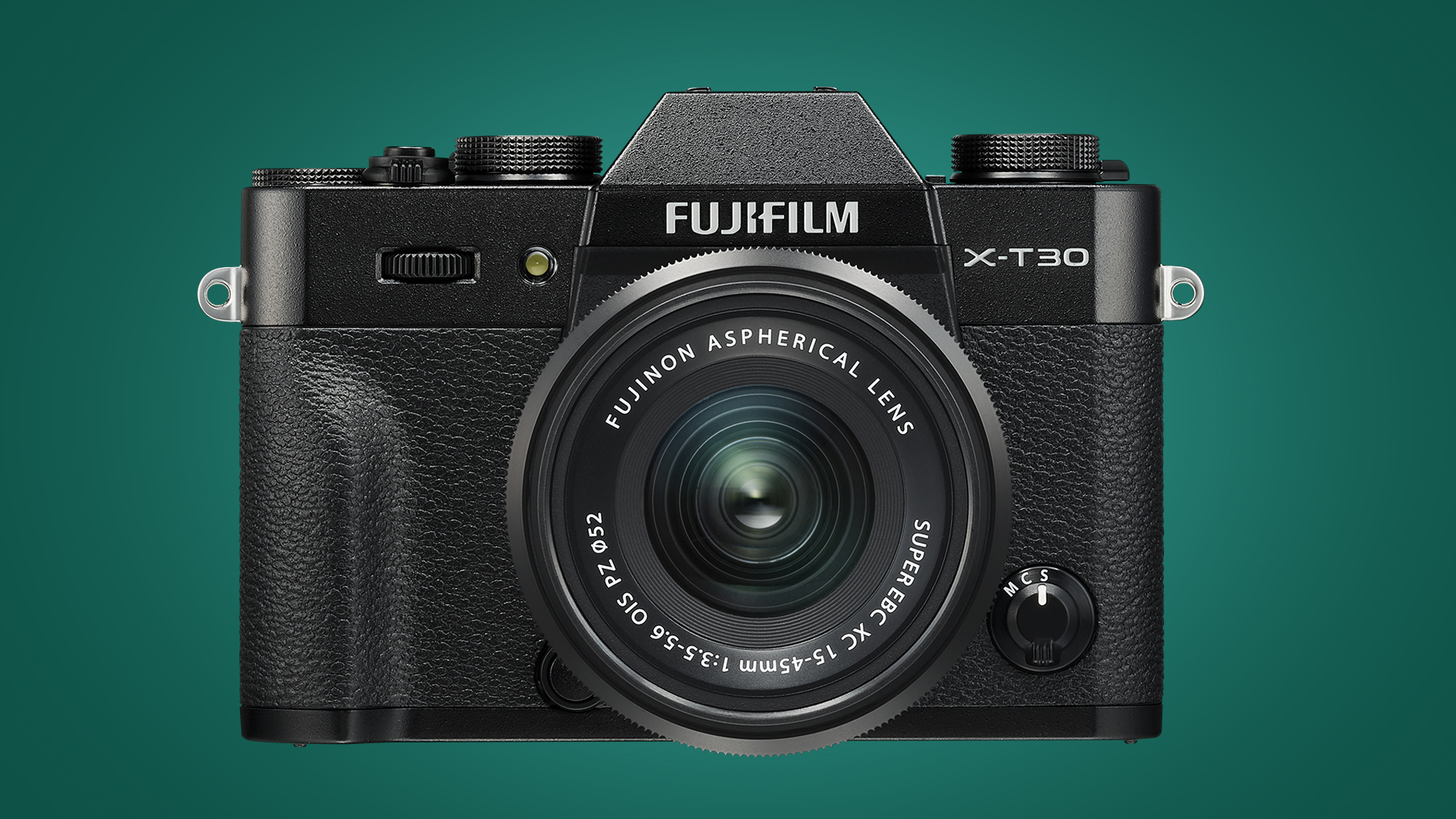
Fujifilm X-T30
The little brother of the Fujifilm X-T3, this superb little APS-C camera dropped to its lowest ever price during Black Friday last year, and we're hoping it can beat that record this time around. It combines brilliant photo quality, speedy autofocus, impressive 4K video quality and great value. As long as you don't need to shoot with longer lenses, it's one of the best small mirrorless camera for beginners and hobbyist shooters.
- Read our in-depth Fujifilm X-T30 review
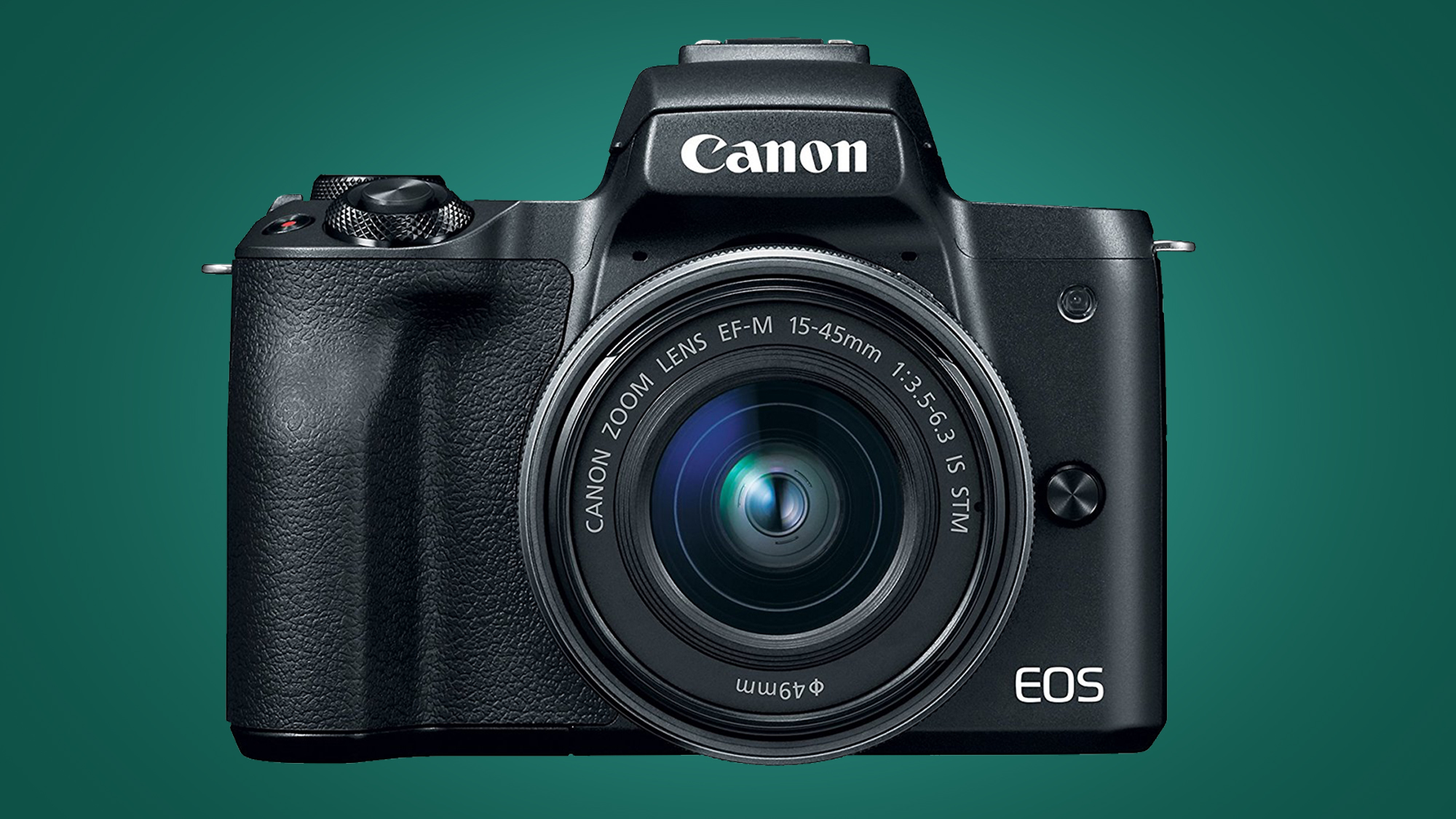
Canon EOS M50
It might have been recently succeeded by the Canon EOS M50 Mark II (in some regions, at least), but the EOS M50 remains a great choice for beginners or anyone looking for a small, fun mirrorless camera. Crucially, it has the ever-reliable Dual Pixel CMOS AF, a great electronic viewfinder and a polished touchscreen. Just don't expect much from its 4K video mode, this is very much 1080p video camera.
- Read our in-depth Canon EOS M50 review
The compact cameras to watch
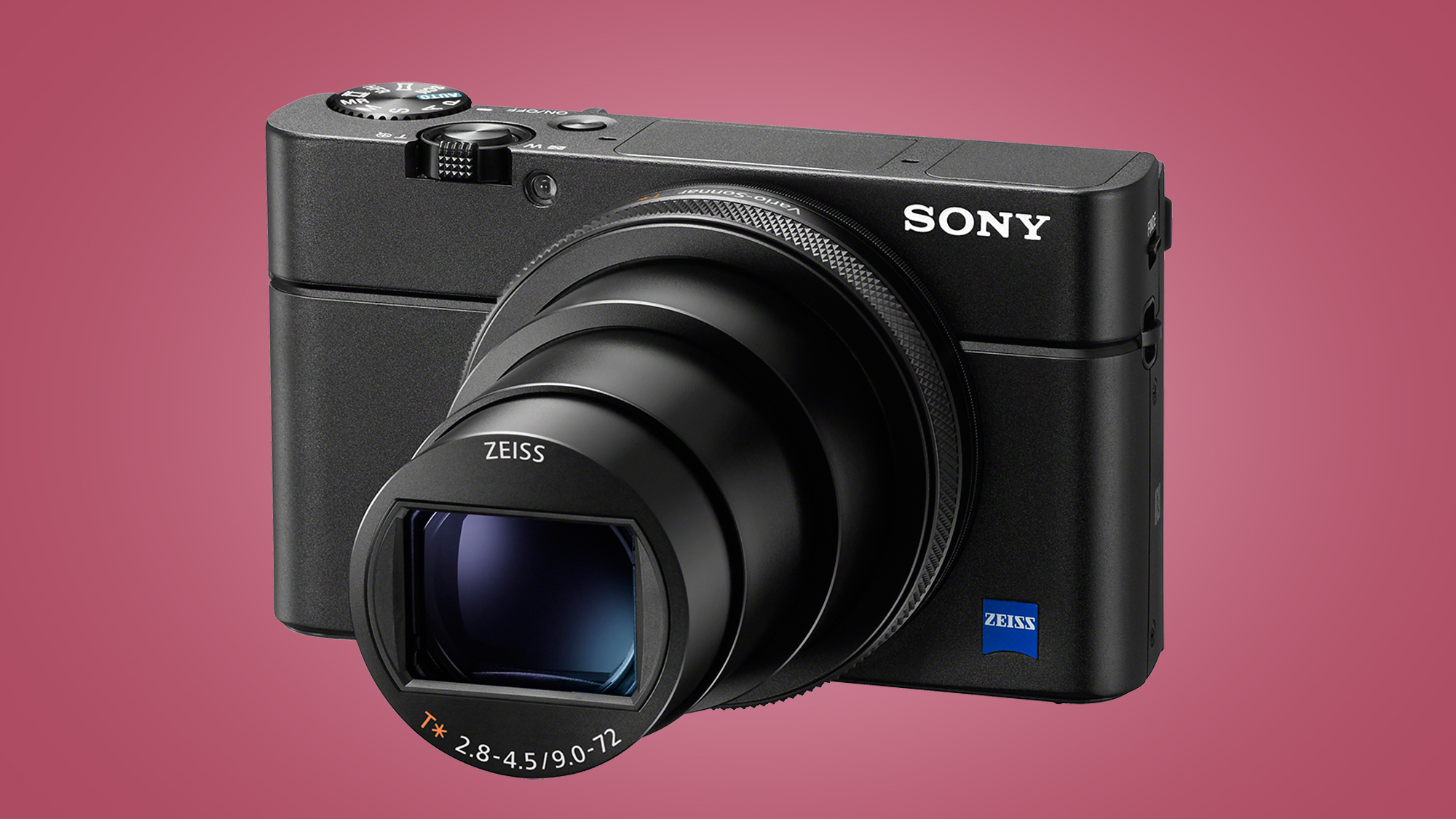
Sony RX100 Mark IV
Sony's RX100 series are Black Friday stalwarts that get regular discounts, so which model should you target? All of them have 1-inch sensors (larger than the one in your smartphone), but we think this model offers the best value for most people. It shoots lovely photos and crisp 4K videos, while its 24-70mm lens has a bright f/1.8-2.8 aperture for some natural depth of field. A 2.36-million dot viewfinder also slots away when you don't need it, too.
- Read our in-depth Sony RX100 Mark IV review
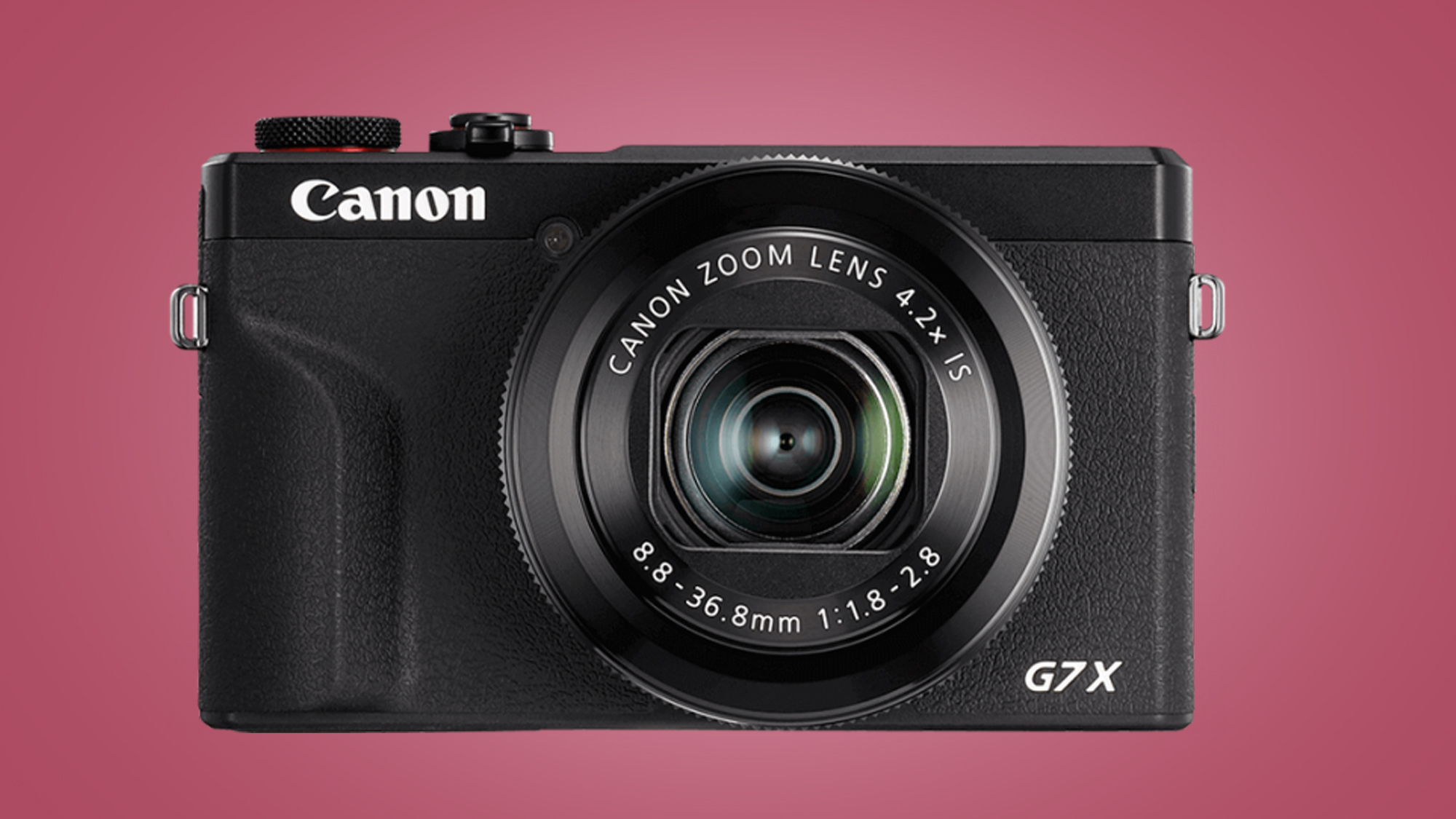
Canon PowerShot G7 X Mark III
Looking for a compact vlogging camera that can also double as a handy stills sidekick? Alongside the Sony ZV-1, this is one of the best options around, thanks to its 1-inch sensor, mic port and ability to shoot photos at up to 30fps. Given it's now over a year old, we're hoping to see it hit a new low price this Black Friday – just bear in mind that it doesn't have a viewfinder.
- Read our in-depth Canon PowerShot G7 X Mark III
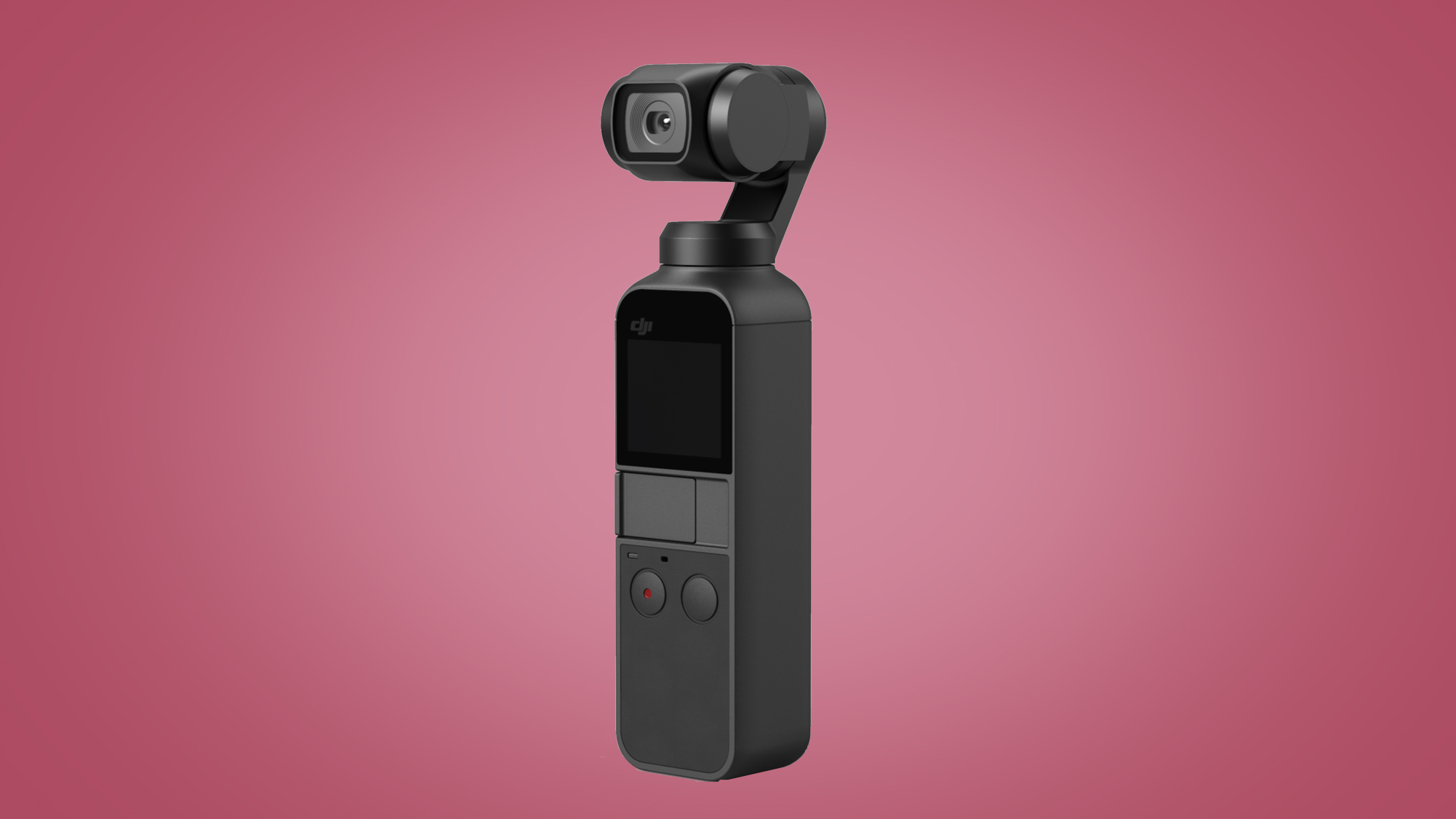
DJI Osmo Pocket
Another little video-focused camera, the DJI Osmo Pocket remains a great pocket option for stabilized video, despite the arrival of the new DJI Pocket 2. It uniquely boasts a three-axis gimbal to keep your walking footage smooth and shoots 4K/60p video. A potentially great gift for the vlogger in your life, particularly if it gets a generous discount.
- Read our in-depth DJI Osmo Pocket review
- The best Black Friday deals 2020: All the best early sales
from TechRadar - All the latest technology news https://ift.tt/34GXaIK
via IFTTT
0 التعليقات: